About the Author
Gary A. Wilsons previous books are Honky-Tonk Town: Havre, Montanas Lawless Era, Long George Francis: Gentleman Outlaw of Montana, and Outlaw Tales of Montana. Biographer, historian, and publisher, Wilson has been researching the history of northern Montana and the American West since 1978. He is a founding board member of the Fort Assiniboine Preservation Association, and he is active in several local tourist and historical organizations. He lives in Havre, Montana.
THE LIFE AND DEATH OF KID CURRY
A TWODOT BOOK
An imprint and registered trademark of Rowman & Littlefield
Distributed by NATIONAL BOOK NETWORK
Copyright 2016 by Gary A. Wilson
All rights reserved. No part of this book may be reproduced in any form or by any electronic or mechanical means, including information storage and retrieval systems, without written permission from the publisher, except by a reviewer who may quote passages in a review.
British Library Cataloguing-in-Publication Information available
Library of Congress Cataloging-in-Publication Data available
ISBN 978-1-4422-4739-0 (paperback)
ISBN 978-1-4422-4740-6 (e-book)
 The paper used in this publication meets the minimum requirements of American National Standard for Information SciencesPermanence of Paper for Printed Library Materials, ANSI/NISO Z39.48-1992.
The paper used in this publication meets the minimum requirements of American National Standard for Information SciencesPermanence of Paper for Printed Library Materials, ANSI/NISO Z39.48-1992.
Dedication
To my grandchildren, Dallas, Kylie, and Jeren.
To Barney White, who died before we could do our Seattle book.
To Englishman Robyn Hode, a thirteenth-century Yorkshire bandit, who later became the sixteenth-century Robin Hood of Sherwood Forest, west of Nottingham. With this man began the tradition of out-law legends and myths.
Tyger! Tyger! burning bright,
In the forests of the night,
What immortal hand or eye
Dare frame thy fearful symmetry?
William Blake (17571827),
English poet and painter
Foreword
The violence of Montanas gold rush of the 1860s has provided rich fodder for historians and writers. The deeds of the early vigilantes, still controversial today, have received more than their due. But later on in the 1880s, another period of lawlessness in Montana spawned cattle rustlers and gunmen with an equally violent history. Seasoned writer Gary Wilson, whose Outlaw Tales and Long George Francis: Gentleman Outlaw of Montana first brought this time period to an enthusiastic general readership, has once again proven that eastern Montana and its infamous bad guys are an equal match for the bad guys of the gold rush.
Set in Montanas rugged northern landscape, where rustling and brand altering were common livelihoods during the last decades of the nineteenth century, this book brings a little-celebrated area of the state to the forefront. Wilson writes vividly of the Little Rockies and the hidden places he knows so well. One-fourth of the book is set in Landusky, a little town with a large history.
For readers who loved Wilsons Outlaw Tales of Montana, here is the rest of the story that began with its final chapter, The Outlaw Kid Curry and the Gentleman, Abe Gill. Researching the death of Pike Landusky for that story revealed how disparate was the information on Kid Curry, and Wilson determined to remedy it. That launched a ten-year search to gather all the available information into one place.
After a decade of meticulous research, Wilsons The Life and Death of Kid Curry finally brings the thrilling, complicated story of Harvey Kid Curry Logan to the reading public. Historical sleuthing brought bits and pieces of Logans life together for the first time. Over the past century many contributed information to the pot, but the contents had never been mixed into that final delectable mlange. The facts were there but muddled with myth: a tidbit here, an episode there. Scattered information in unexpected places led Wilson across the United States in search of answers to his questions. Until now, the life of Kid Curry was a confusing picture of conflicting information, with the dots waiting to be connected. Years and years of collecting, comparing, documenting, and scrutinizing have made Wilson an authority on Kid Curry.
But Logans life is not just an exciting story, filled with real characters who step out of the pages to draw the reader into the West of the late nineteenth and early twentieth centuries. The Life and Death of Kid Curry goes way beyond a good story and examines the life of this hard-bitten outlaw from an unbiased point of view. This is not an easy task. Wilson admits that Logan had very few, if any, good qualities. Still, he is one of those enigmatic characters that pique the curiosity, provoke discussion over the campfire, and prove without a doubt that history is not dead.
Wilson speculates that if Logan had survived, he would have been compelled to become honest. Instead, he served as executioner of the Wild Bunch, and had several killings under his belt to prove it. The Kid, a gunman with fine-tuned skill and uncanny precision, held a grudge for years until he could get even. He always got his man and never looked back.
Much that has been written about Harvey Logan is unsubstantiated and undocumented. It is not an easy task to sift through a century of legend and hearsay, sorting truth from fiction. The Life and Death of Kid Curry, however, gets the story right. In presenting a picture with all the parts, Wilson has made a major contribution to the history of the West. Here at last is the definitive study of the elusive Harvey Logan. And Wilson not only gets the story right, he does so masterfully, producing an accurate history, a good story, and a good read at the same time. In so doing he has proven that the past is worth exploring, and history worth reading.
Ellen Baumler, Ph.D.
Montana Historical Society
Helena, Montana
Ellen Baumler is the interpretive historian for the Montana Historical Society and an award-winning author. She teaches history classes at the University of Montana-Helena, College of Technology.
Acknowledgments
Since this book is an expansion of a chapter of my previous book Outlaw Tales of Montana, many of the same people in its Acknowledgments need to be thanked again.
Others who contributed in an important way to this manuscript are: Daniel Buck of Washington, D.C., Earl Hofeldt of Montana, James O. Miller of Colorado, Russell Morehouse of Washington state (grand nephew of Arda Logan), Nate Murphy of Montana, Mollie O. Palmer of Florida, Jim Spangelo of Montana, and Colin Taylor of Wyoming. Taylor, over the years, has sent me a virtual encyclopedia on northern Wyoming history. Sharon Moran, grandniece of Lonie Logan, worked with me as we pieced together the scant but valuable materials and memories left behind by the Logan-Landusky-Moran family members.
And per usual, I am eternally grateful to the Havre-Hill County Library staff, who provided valuable research materials and enthusiasm, especially Francine Brady, the reference librarian. If there was any way at all of finding obscure reference materials, she could do it. I also appreciate the information sent to me by Holly Klingman, Parachute, Colorado, Library manager.
Also, since this book research covers an eleven-year period, many of the writings of Jim Dullenty have been helpful; Jim was the longtime editor and founder of the Western Outlaw Lawmen Association. And realistically, without the earlier publications by the likes of James Horan, Charles Kelley, Charles Siringo, Walt Coburn, Brown Waller, Larry Pointer, Anne Meadows, Sylvia Lynch, Donna Ernst, Richard Patterson, Helen Duval-Arthur, and many others, this would have been a poor book indeed.


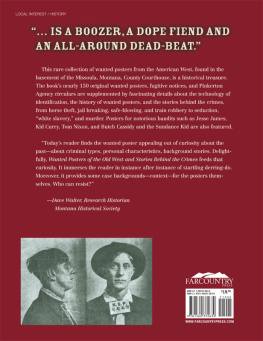
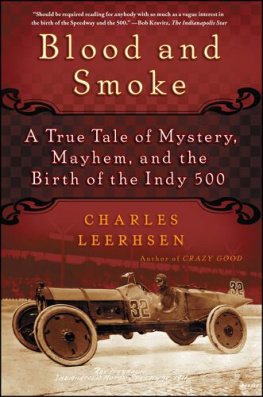
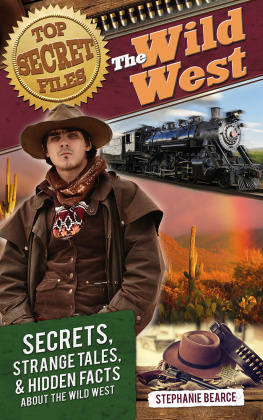
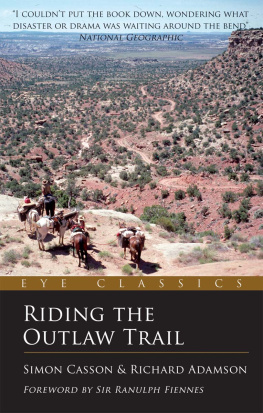
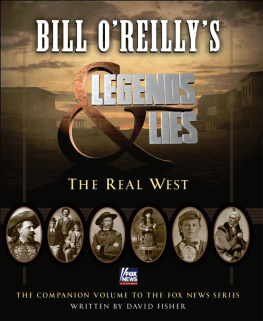
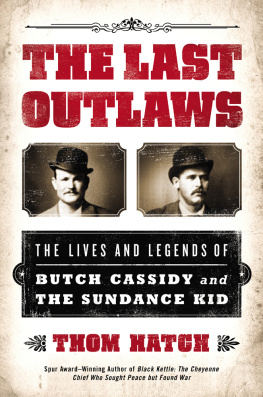
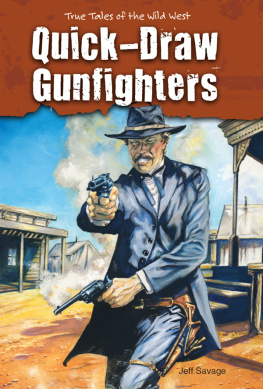
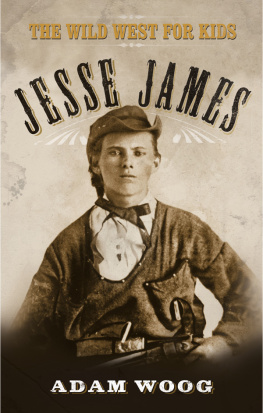

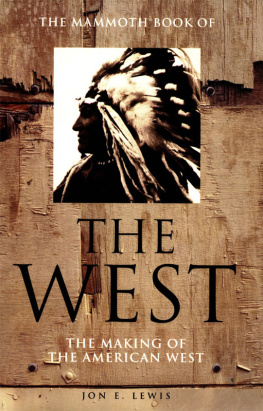

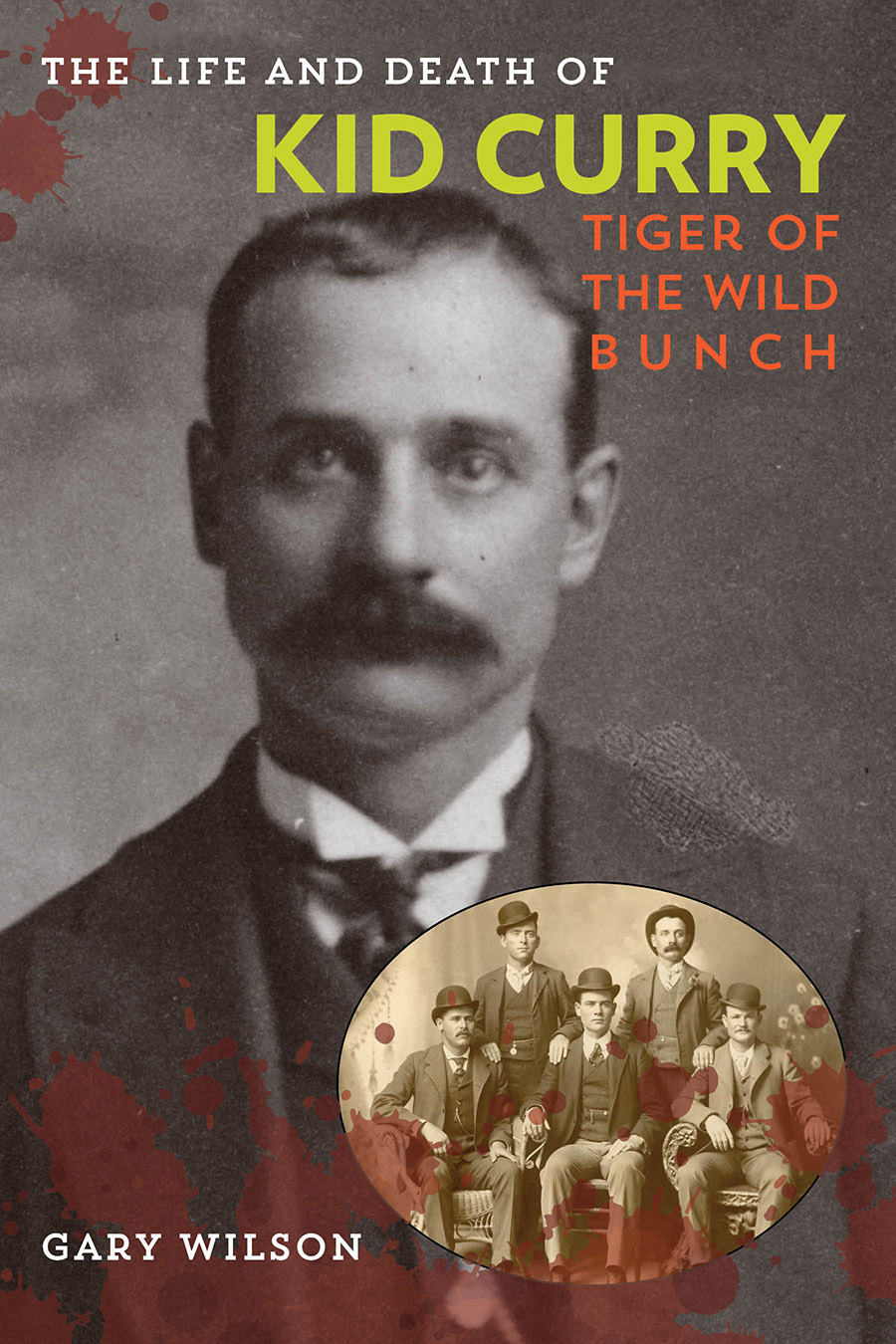
 The paper used in this publication meets the minimum requirements of American National Standard for Information SciencesPermanence of Paper for Printed Library Materials, ANSI/NISO Z39.48-1992.
The paper used in this publication meets the minimum requirements of American National Standard for Information SciencesPermanence of Paper for Printed Library Materials, ANSI/NISO Z39.48-1992.